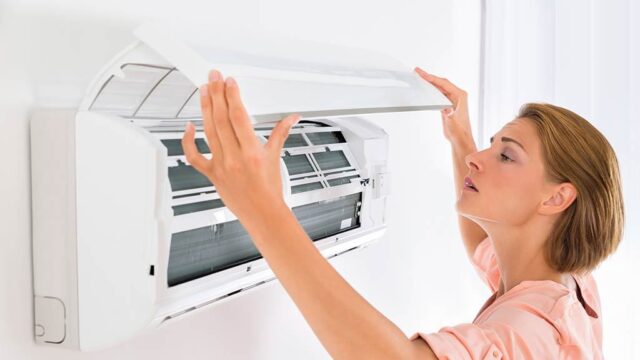
Air filters are responsible for keeping the air in our homes clean and healthy by trapping contaminants, dust, and allergens. Without proper maintenance and regular replacement, air conditioner filters can become clogged, leading to poor indoor air quality, increased energy bills, and even system breakdowns.
In this blog post, we will explore the crucial benefits of air conditioner filters, including improving indoor breeze quality, prolonging the lifespan, and reducing energy consumption. We will also discuss the different types of aura conditioner filters, how to choose the right one based on your needs, and how often you should replace them.
Looking for AC filters? Search air conditioner filters near me for the best result.
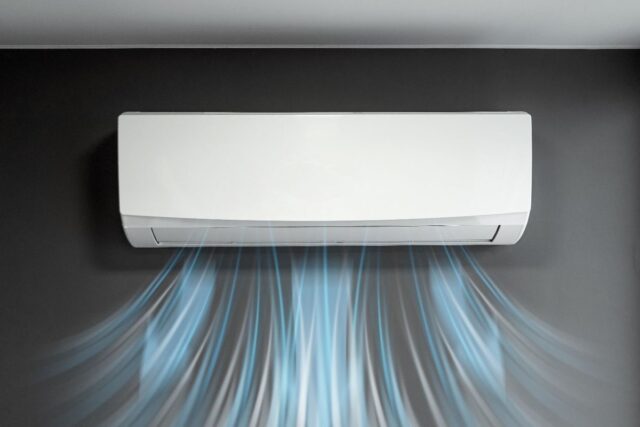
1. Air conditioner filters play an essential role in maintaining indoor air quality.
Air conditioners are an effective way to regulate indoor air quality by removing pollutants and moisture from the aura. However, the performance of an breeze conditioner is heavily dependent on the quality and condition of its filter. In fact, air conditioner stainers play an essential role in maintaining indoor breeze quality. They remove pollutants such as dust, pollen, and mold from the atmosphere, preventing them from circulating within a home or building. Without a properly functioning filter, these pollutants can build up in the breeze, leading to negative health consequences and a decrease in indoor quality. This is where heat pumps come in – modern air conditioners often use heat pumps to transfer heat between the indoor and outdoor air, further improving air quality and energy efficiency.
2. Dirty filters can cause your AC unit to work harder
Over time, these filters become clogged, restricting the flow through the unit. As a result, the AC system will have to work harder to circulate cool breeze throughout the home, leading to increased energy consumption and higher utility bills. This additional strain can also cause your AC unit to wear out faster and result in potential breakdowns. It’s important to regularly change your air conditioner stainers to keep your unit running at maximum efficiency, improve indoor air quality, and minimize the risk of untimely system failures.
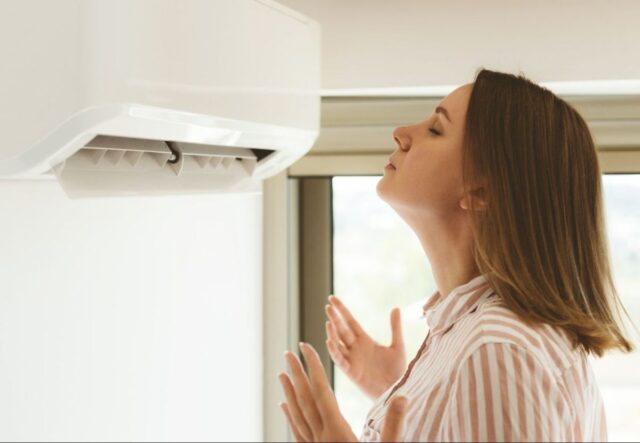
3. Regularly changing your air filter can improve efficiency
The air filter in your air conditioning unit plays a critical role in ensuring that you have clean and fresh breeze circulating in your home or office. However, over time, dust, dirt, and other airborne particles accumulate in the stainer, which can lead to decreased efficiency and performance of your AC unit. As a result, your conditioner may work harder to cool your space, consuming more energy and increasing your electricity bill. Additionally, dirty stainers can reduce the lifespan of your AC unit and lead to costly repairs. By changing your breeze filter regularly, you can improve the efficiency, save money, and ensure that your unit runs smoothly for years to come.
4. Consult your AC unit’s manual or a professional technician to determine the correct filter size and replacement frequency.
Air conditioner filters play a crucial role in the overall health of your breeze conditioning system, as well as the air you breathe indoors. However, different AC models require varying stainer sizes, and it is important to choose the correct one for optimal performance. Additionally, the frequency of changes depends on a variety of factors, including usage level and outdoor breeze quality. Therefore, it is essential to regularly consult your AC manual or a licensed technician to ensure your air conditioning unit operates smoothly and effectively, and your home remains safe and healthy.
To conclude, understanding the importance of breeze conditioner stainer can lead to a more efficient and healthier atmosphere conditioning system. While the technical specifications can be overwhelming, by simply checking and regularly replacing them, one can ensure that their breeze conditioning system is working at its best. Not only will it save you money in the long run, as less energy will be consumed, but it will also contribute to a cleaner and healthier environment for your home or business. Therefore, it is important to prioritize regular maintenance and stay aware of their impact on indoor breeze quality.
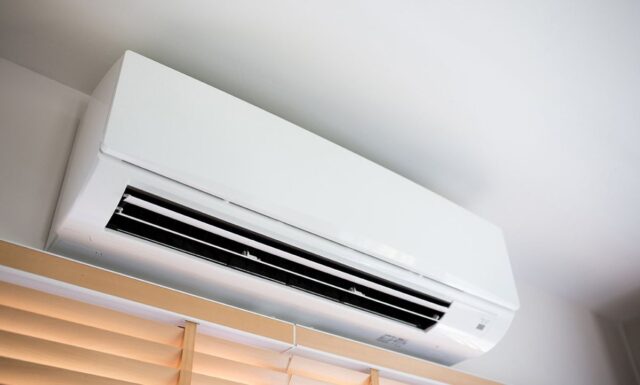
5. How often should filters be changed?
Air filters play an important role in maintaining the indoor breeze quality and ensuring efficient operation of an breeze conditioner. Therefore, it is important to replace them regularly. However, the frequency of changing the breeze stainers depends on several factors. In this section, we will discuss how often aura stainer should be changed, taking into account different factors.
Factors to consider
The frequency of changing breeze stainer depends on the usage of the breeze conditioner, the level, and the type of stainer. Homes with pets, smokers, or residents with allergies may require more frequent changes. Filters in commercial buildings may need to be changed more often due to high occupancy and increased breeze pollution levels. The type of stainer also affects the frequency of replacement. A high-efficiency stainer may need to be replaced less frequently than a standard stainer.
Recommended frequency
It is generally recommended to change stainers every 1-3 months, depending on the above factors. A standard stainer should be changed every 1-2 months, whereas a high-efficiency stainer can last up to 3 months. It is best to check the manufacturer’s recommendations for the specific stainer being used.
Tips for remembering to change filters
To ensure regular replacement, it is helpful to set reminders on a calendar or smartphone. Some HVAC systems have stainer change indicators that alert when it is time to replace the stainer. It is also a good idea to keep extra stainers on hand for quick replacement.
Regular replacement can improve the efficiency and longevity while improving indoor breeze quality. By considering the usage, pollution level, and type, homeowners and building managers can determine the frequency of stainer changes that is best for their specific situation.
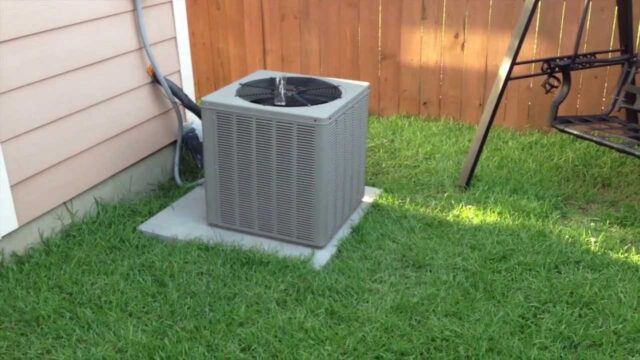
6. How to change conditioner filters
Changing breeze conditioner filters is a simple process that can be done by anyone. Regularly replacing stainers can improve the indoor quality and help the conditioner run more efficiently. Here are the steps to change an breeze conditioner stainer.
Step-by-step guide
- Turn off the conditioner: Make sure the unit is turned off before attempting to change the filter.
- Locate the stainer: Filters are typically located near the handler unit or in the return breeze duct.
- Remove the old one: Carefully remove the old stainer, making note of its size and orientation.
- Clean the area: Clean the area around the stainer to remove any dirt or debris.
- Insert the new stainer: Place the new stainer in the correct orientation as indicated by the arrows on the stainer.
- Secure the stainer: Make sure the stainer is securely in place.
- Turn on the breeze conditioner: Turn the breeze conditioner back on and check for proper airflow.
Safety precautions
When changing an breeze stainer, it is important to take safety precautions. Turn off the power to the unit to avoid any electrical hazards. Wear gloves and a mask to protect yourself from dust and debris.






